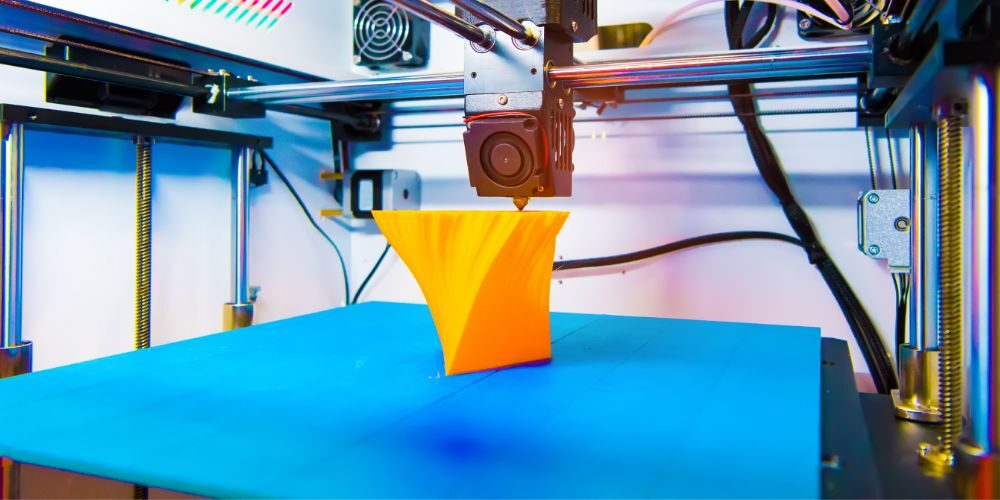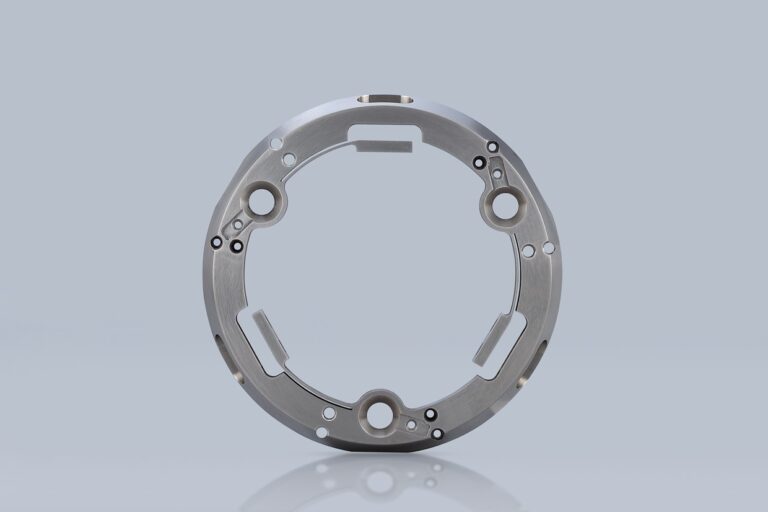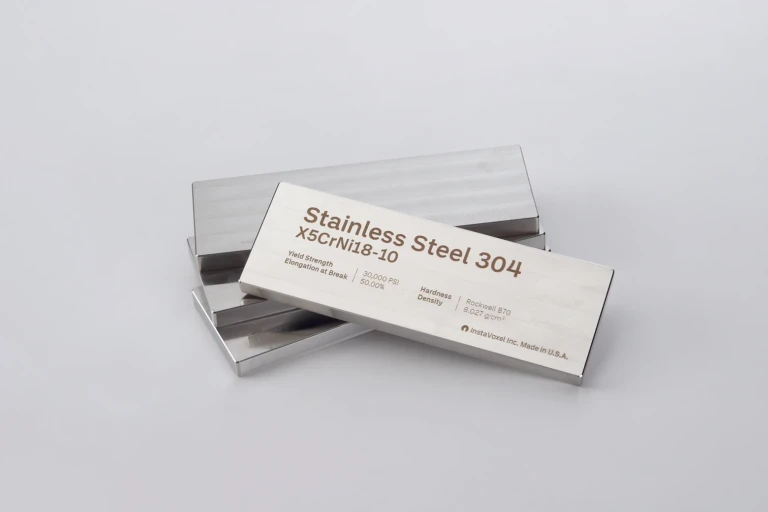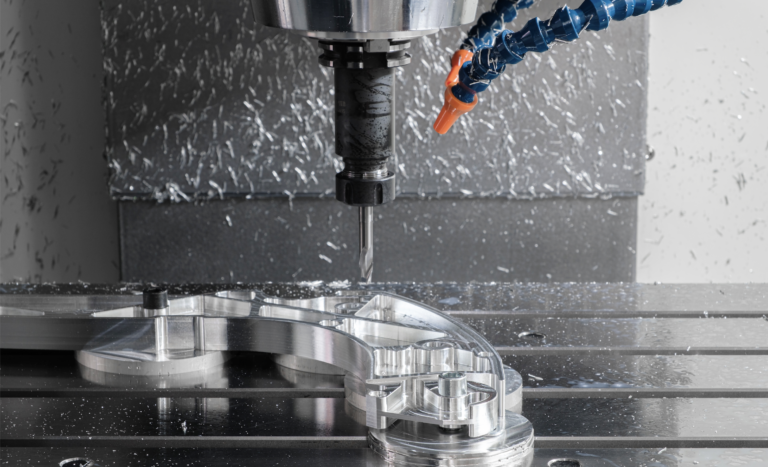How to Choose 3D Printing Materials?
Each 3D printing process and material has its advantages and limitations, so understanding their characteristics and suitability is key to success.
While choosing materials for 3D printing, keep the following factors in mind:
- Material properties: Consider the material properties based on your project requirements and their application, such as strength, temperature resistance, chemical resistance, etc.
- Cost-effectiveness: Consider the price and feasibility of materials to ensure selecting the most suitable material within budget.
- Manufacturing process: Understand the compatibility of different materials with specific processes to ensure they are suitable for your chosen 3D printing process.
- Lead time: Evaluate material supply and delivery schedule to ensure timely production and delivery.
Matching Each 3D Printing Process to Its Suitable Material
The following outlines common 3D printing processes and their respective materials, along with the pros and cons of each.
FDM (Fused Deposition Modeling):
FDM is widely used in the industry due to its versatility and accessibility. The process includes thermoplastic filaments for layer-by-layer 3D printing. Common materials for the process include:
- PLA (Polylactic Acid): PLA is decomposable, highlighted by its user-friendliness and affordability.
- ABS (Acrylonitrile Butadiene Styrene): ABS offers high strength and temperature resistance.
- PETG (Polyethylene Terephthalate Glycol): PETG material has high impact resistance, wear resistance, and transparency.
Industrial FDM:
Industrial-grade FDM materials are suitable for applications with detailed requirements. It offers higher strength and heat resistance while retaining the advantages of FDM processes. Common materials for the process include:
- PA6 (Nylon 6): PA6 offers high strength, wear resistance, and chemical resistance.
- PC (Polycarbonate): PC has high-temperature resistance and impact resistance, making it suitable for complex industrial applications.
Prototyping SLA (Stereolithography):
SLA processes use a laser to cure liquid and are mostly used for rapid prototyping and testing. Common materials for the process include:
- Resins: Various types of resin materials can be used for the process, including general-purpose, transparent, and colored resins.
DLIP (Digital Light Processing):
DLIP processes use digital light processing technology to achieve high precision and resolution printing. Common materials for the process include:
- Resins: Various types of resins can be used for DLIP processes, such as the ones with high temperature and chemical resistance.
CLIP (Continuous Liquid Interface Production):
CLIP is a high-speed 3D printing technology that utilizes photosensitive resin for printing. Here are some CLIP materials that are often used:
- High-temperature resins: These materials can endure extreme heat environments without compromising structural integrity.
Industrial SLA:
Industrial SLA provides a broader material flexibility for increased strength and durability, making it better suited for industrial production and intricate functionality requirements. Common materials for the process include:
- Engineering resins: These materials offer better mechanical and/or thermal properties such as strength, wear resistance, and chemical resistance.
SLS (Selective Laser Sintering):
SLS processes build parts by utilizing laser sinter powdered materials into solid parts layer-by-layer. Common materials for the process include:
- PA (Polyamide): This is one of the most common materials used in the SLS process, known for its outstanding strength, wear resistance, and chemical resistance.
MJF (Multi Jet Fusion):
MJF process uses multiple inkjet arrays to selectively apply fusing and detailing agents onto layers of powder, allowing rapid and precise production of complex parts. Common materials for the process include:
- PA12 (Nylon 12): PA12 is commonly used due to its high strength, wear resistance, and chemical resistance.
- PA11 (Nylon 11): PA11 has similar properties to PA12 but with more flexibility and bendability.
EBM (Electron Beam Melting) and SLM (Selective Laser Melting):
EBM and SLM both build parts by utilizing energy beams to melt and fuse metal powders into solid objects. Common materials for the process include:
- Titanium Alloy: Titanium alloy is widely used in the aerospace and medical industries due to its outstanding strength, temperature resistance, and lightweight.
- Stainless Steel: Stainless steel has high corrosion resistance, wear resistance, and excellent mechanical properties, making it a good choice for various industrial applications.
POLYJET (Polymer Jetting):
POLYJET process uses inkjet technology to jet liquid resin onto the modeling platform. Common materials for the process include:
- Multi-material Resins: POLYJET can achieve printing with multiple materials and hardness levels. Making it suitable for model testing and product showcasing.
DOD (Drop on Demand):
DOD process builds parts with precise droplets onto a substrate, allowing the print of high-resolution objects with intricate detail. Common materials for the process include:
- UV-curable Ink: These inks enable color printing and produce high-precision models.
NPJ (Non-Pivot Jetting):
NPJ is a method similar to DOD but it does not require any pivoting mechanism, which simplifies the printing process and potentially offers advantages in terms of speed and design flexibility. Common materials for the process include:
- Photocurable Resin: Photocurable resin allows the printing of microstructures and models with extremely fine details.
BJ (Binder Jetting):
BJ process produces parts by selectively depositing liquid binding agents onto thin layers of powder material. Common materials for the process include:
- Photocurable Resin: Photocurable resin allows the printing of microstructures and models with extremely fine details.
LENS (Laser-Assisted Arc Melting):
LENS process employs laser-assisted arc melting technology, enabling precise control over the melting process for the production of high-quality metal parts. Common materials for the process include:
- Metal Alloys: Titanium alloy, aluminum alloy, nickel-based alloy, etc. These lightweight metal alloys are known for their high strength and temperature resistance.
EBAM (Electron Beam Additive Manufacturing):
EBAM is a cutting-edge technology that utilizes electron beams to melt and fuse metal powder, enabling rapid production of complex metal parts with high precision and outstanding mechanical properties. Common materials for the process include:
- Metal Powders: Titanium alloy, aluminum alloy, nickel-based alloy, etc. The material properties of these metal powers allow this technique to be widely used in the aerospace, automotive, and other industries.
LOM (Laminated Object Manufacturing):
LOM process constructs parts by layering and bonding sheets of material. Each layer is selectively adhered and cut according to the design, with subsequent layers stacked and bonded together to form the 3D shape. Common materials for the process include:
- Paper or Film: LOM is a versatile process and using materials such as paper allows rapid prototyping and model testing.
The materials discussed in this article represent just a fraction of the 3D printing landscape. With ongoing technological advancements, new materials and printing processes continually emerge. When choosing materials for your project, always consider your specific requirements and application. Whether for prototyping, mass production, or small-batch runs, selecting the right material is always fundamental to success. If you have any other material inquiries or requirements, please contact us.
InstaVoxel: Your Solution for 3D Printing
Proudly present our outstanding and stable 3D printing and scanning equipment which works perfectly with our high-quality material. View the material list we offered here. With our expert guidance, InstaVoxel aims to assist our clients in selecting the ideal printing materials and processes for their projects. So, focus on bringing your product ideas to life, and let InstaVoxel handle the engineering and design aspects for you!





